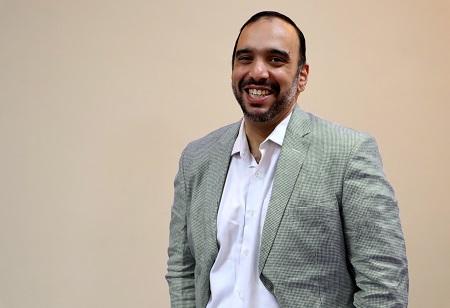
Fortunate are the ones who have access to food and water. However, even more fortunate are the ones who have access to safe water and food. Unfortunately, almost half of India’s population gets left behind in that aspect. Water and food testing are essential for ensuring public safety, particularly in regions of the world with limited resources.
However, in India, where a large population lives in poverty and many people lack access to clean water or proper sanitation, these two issues often go untreated. As a result, many illnesses that could be easily prevented by treating water and food with proper care go unnoticed. This is a serious problem for India because communicable diseases remain one of the leading causes of premature deaths in the country.
One of the steps that the government has taken to address this problem is to train local public health workers in how to conduct water testing and food sampling protocols. While this has greatly improved the quality of data collected in the field, there are still many obstacles to conducting comprehensive testing programs by the government and authorised laboratories across India. The following describes some of the challenges that laboratories and government agencies face:
Lack of infrastructure: Many areas where testing is needed do not have the proper equipment to collect and analyse samples. In many areas of India it is necessary to collect multiple samples from the same source in order to accurately measure the contamination of the water.
Lack of funding: Many of the local governments that are responsible for issuing regulations related to water and food safety do not have the resources necessary to implement and enforce these regulations. In order to address this problem, the government of India has launched several initiatives to improve public awareness about the importance of water testing and food sampling. For private laboratories, the testing procedures also require use of high-end and technologically advanced equipment to test samples for detailed analysis on different parameters sometimes. While lack of funding might not be a problem area for private laboratories, availability and maintenance of such equipment might be a pain point.
Deterioration of samples: As one might expect, some food samples might get deteriorated due to the perishable nature. Unexpected delays in transportation of the samples to the testing facility are another major reason for the deterioration in food samples. Similarly, water samples might get deteriorated after being exposed to the elements for an extended period of time. For this reason, it is essential that all samples collected from natural water sources are taken to a laboratory as soon as possible in order to prevent contamination of the sample by bacteria or other organisms.
Lack of human resources: There is a severe shortage of trained personnel who can conduct comprehensive testing and analysis. The lack of trained professionals makes it extremely difficult for governments to ensure that their drinking water and food is safe for human consumption. In case of private testing laboratories, absenteeism of testing officials, long holidays due to festivals, outbreak of a disease could lead to a lack of human resources, thereby affecting the samples testing.
These are some of the hurdles faced by the private testing laboratories and government officials from an exhaustive list. Overcoming these shortcomings could lead to better facilitation of testing and analysis procedures. Increased public awareness about the dangers associated with contaminated water and food is also critically important in the fight against disease in India and other developing countries around the world.
One of the goals set forth by the World Health Organisation is to significantly reduce the incidences of illness and death caused by unsafe food and water. This is a critical issue throughout the developing world and needs to be a top priority for public health officials not just in India, but also around the world.
A lack of infrastructure in many regions means that laboratories and facilities are lacking the instrumentation needed to conduct effective testing of water and food. This limits the ability of public health officials to ensure the safety of their drinking water and food supplies. Even where there is adequate infrastructure in place, many of these facilities lack the resources needed to effectively conduct testing and analysis procedures.
Research and development of testing equipment in the country to eliminate dependency on foreign and imported equipment will give a push to efficient testing. Apart from reduction in the prices of equipment, service and maintenance parts and officials will be easily available.
While these solutions may be effective in addressing some of the challenges discussed above, they do not address all of the challenges related to the testing of food and water products in India. Making changes that improve the quality and safety of food and water products is critical in order to ensure public health and safety.
This is especially true in a country like India where the consumption of unsafe food and water is a common problem. To ensure the quality and safety of food sold in the country, it is important that regulators take active steps to constantly improve and upgrade the current regulatory systems and develop a comprehensive monitoring and enforcement mechanisms to ensure compliance. This will ensure that consumers are protected from the dangers of consuming contaminated food and water products that are frequently found in the local and unregulated yet most accessible market by the masses.
In a country where more than 80% of the population relies on private vendors for drinking water and food, it is critical that government agencies monitor the quality of these products on a regular basis and take stringent action against the perpetrators. Not only will it discourage others from following such practices, but it will also ensure that the citizens are safe from food and water-borne diseases.
We use cookies to ensure you get the best experience on our website. Read more...